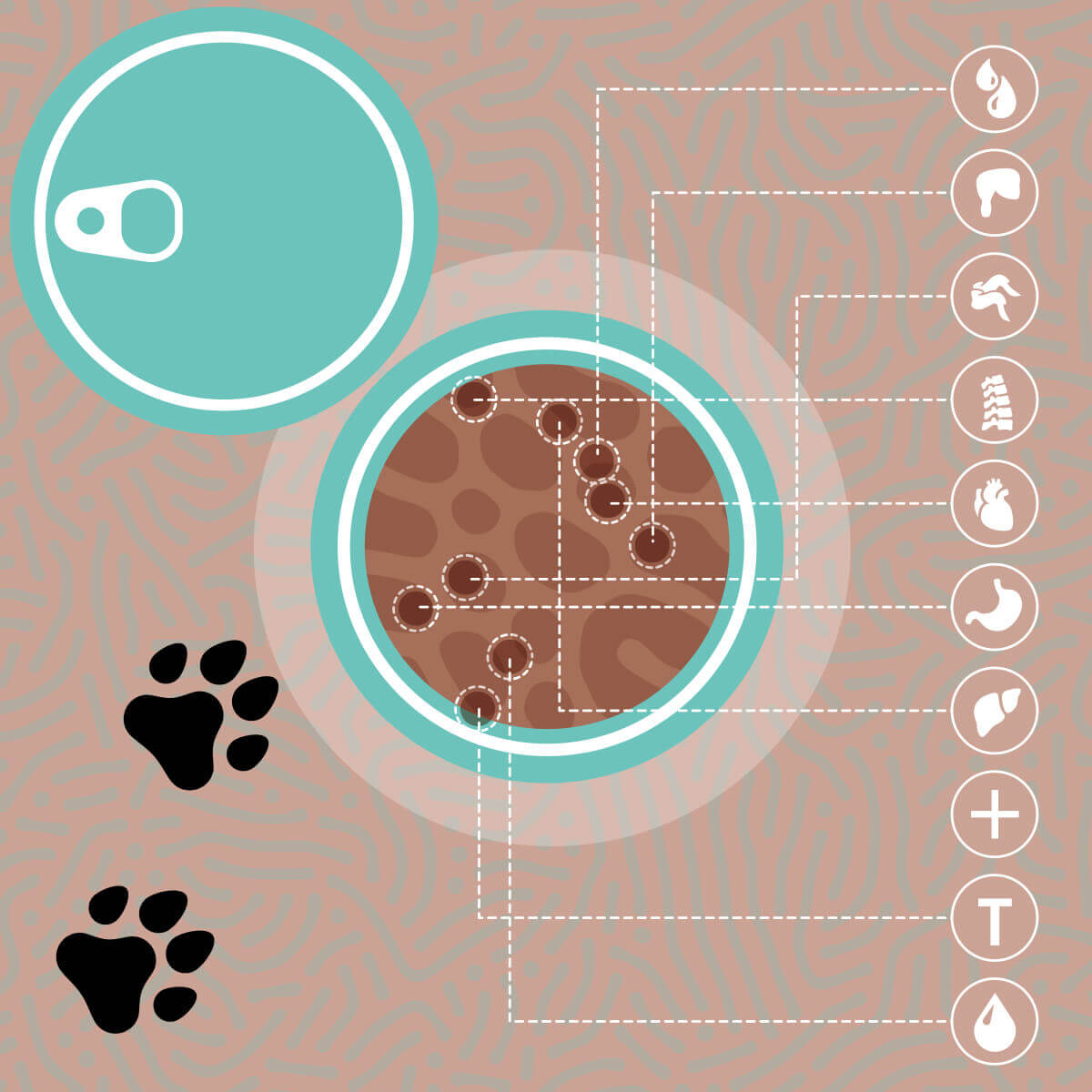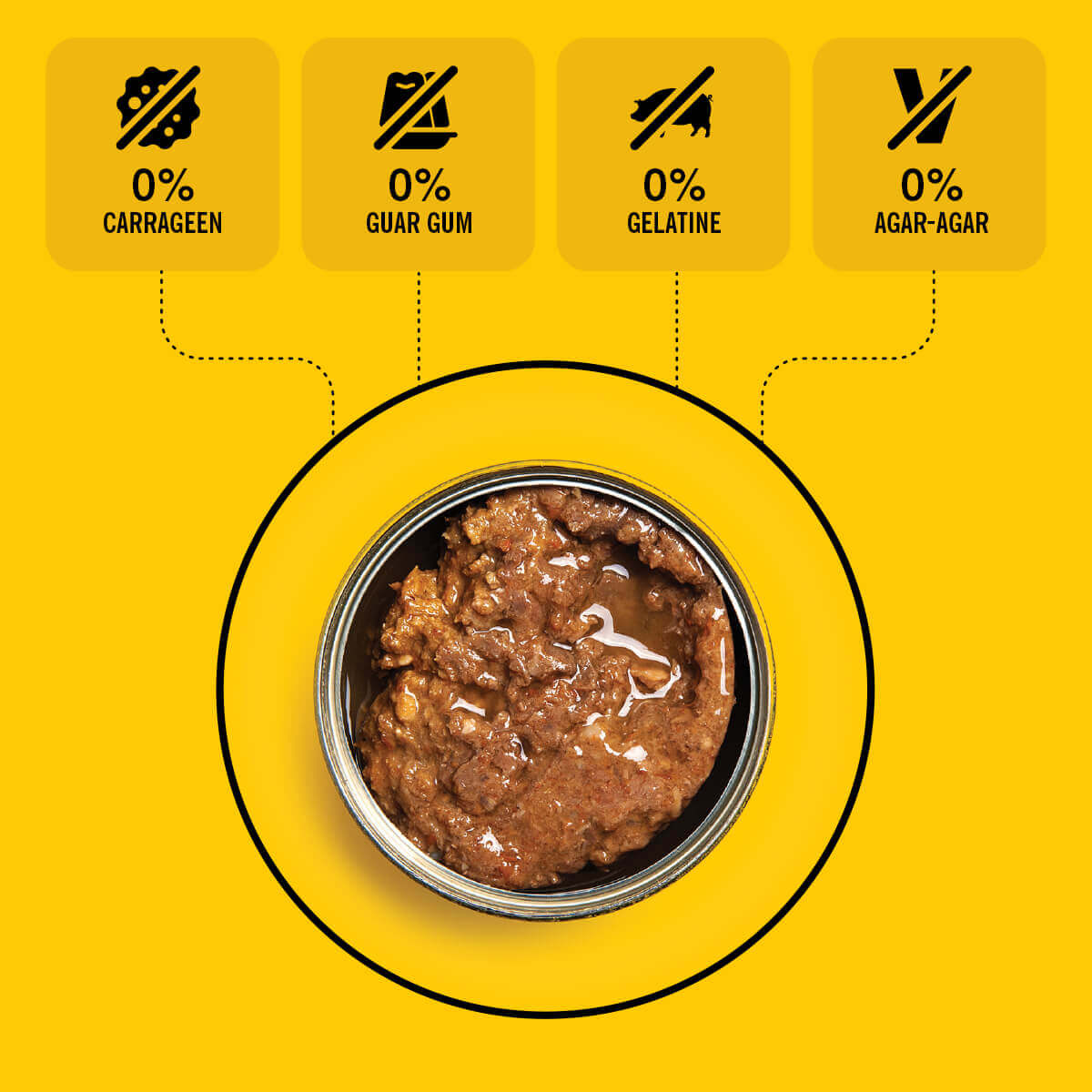Essential but dangerous in excess
Vitamin A is vital for the health of every cat. It maintains vision, supports reproduction, ensures proper growth of bones and muscles, and strengthens immunity. Cats cannot produce vitamin A from plant carotenoids the way humans or dogs can. Their metabolism requires preformed vitamin A which is found only in animal tissues. The richest source is liver.
The cat’s body is very efficient at storing vitamin A. It accumulates in the liver and fatty tissues, but there is no mechanism to remove the excess. This makes cats vulnerable to a gradual overdose when their diet contains too much liver or when supplements are added without veterinary guidance. The result is chronic poisoning known as hypervitaminosis A.
Deficiency of vitamin A is rare in cats that eat complete diets, but excess is becoming more common. A cat that receives too much liver or cod liver oil can develop irreversible damage. The symptoms appear slowly. First the cat may lose appetite and become less active. Then stiffness and pain in the joints make movement difficult. New bone growth develops along the spine and shoulders. In young cats the growth of the skeleton may be permanently deformed.
Scientific guidelines recommend that liver should not exceed five percent of the total daily food intake. Commercial diets are formulated with the correct levels already balanced. Extra liver, repeated day after day, pushes the intake far beyond the safe limit. Treats made of dried liver can also be a hidden source of excess vitamin A if offered too often. Cats need consistency and moderation, not fashionable additions. This is why 3coty® natural complete and balanced cat food never contains more than five percent liver.
How well do you know how much vitamin A your cat eats each day?
Did you know? A four kilogram cat requires around 1000 IU of vitamin A daily. Ten grams of beef liver provide more than 90,000 IU. That is ninety times the daily requirement. A cat fed generous portions of liver each day may exceed safe levels of vitamin A intake in just a few days, and the excess continues to accumulate in the body.






